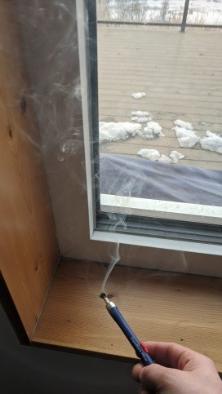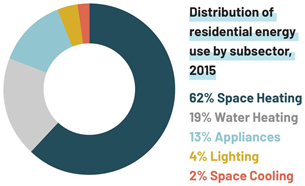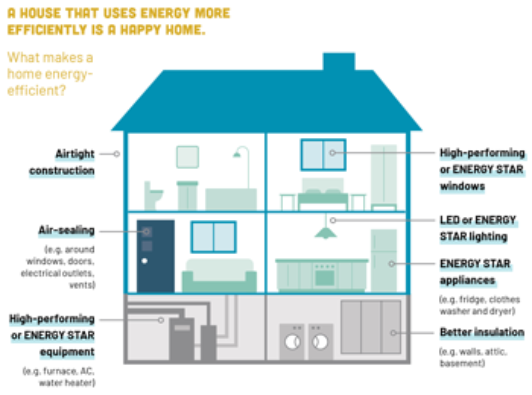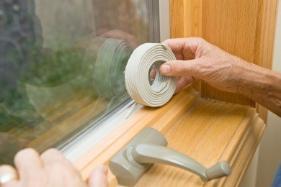Before making improvements to your home, you may want to get a better idea of how much heat your home might be losing and where air leaks may be coming from. There are several ways to do this:
1. Borrow a thermal camera - a thermal imaging camera is available for free from the Red Deer Public Library. These cameras use infrared technology to take pictures of your home and how where the heat and air are escaping so you can see which areas can be improved. Click here for more information.
2. Sound and touch inspection - large air leaks can be detected by listening for whistling noises on windy days, or where you can feel air escaping. For example, on a cold day, touch different parts of your windows and doors to find where air may be leaking.
3. Visual inspection - check the following areas for cracks and gaps:
- Electric outlets
- Door and window frames
- Baseboards
- Vents and fans (including behind furniture and appliances)
- Around pipes and wires

4. Incense smoke test (appropriate if you live in a house; if renting, you must have permission from your landlord) - close your doors and windows, turn off your furnace and water heater, and turn on your bathroom fans. Move an incense stick or candle around windows, doors, light switches, electrical outlets, and pot lights. If the smoke moves away from these objects, there may be an air leak. Watch how it’s done here.
 How much energy your home uses depends on the size, type, age of your home, and how many people live in your home. According to Natural Resources Canada, 62 per cent of the energy used in the average home is used to heat the space.
How much energy your home uses depends on the size, type, age of your home, and how many people live in your home. According to Natural Resources Canada, 62 per cent of the energy used in the average home is used to heat the space.

